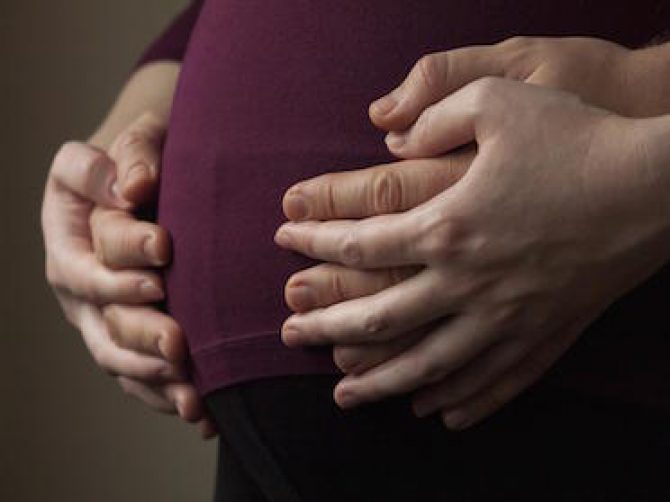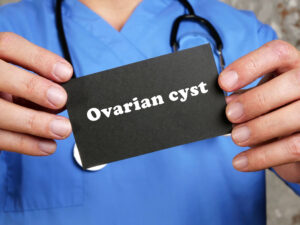I remember the first time I felt my daughter Francesca move inside of me. I was propped up, laying in bed, partially watching television/half flipping through a fashion magazine. My wife was in the vanity doing her eyebrows….out of the blue I felt this gentle “knocking” on my uterus. Startled, I thought to myself, “geez”, this is some gas pain…..so discreet……then I felt it again….Tasha had come out to see me and noticed the quizical expression on my face. When I tried to relay what I had just experienced, and mind you, I’m never really at a loss for words, I couldn’t quite describe it. It was like fluttering? Gas? I didn’t know. Finally, my wife says to me; “Ang, maybe it’s the baby moving”. “DUH”!!! All I could imagine was my younger brother Donald saying to me: “and you do what for a living?” Of course, me, the ob/gyn, hadn’t recognized the obvious. It was Francesca moving……We were 16 weeks pregnant when we first felt Francesca move and she hasn’t stopped since!
The first sign of fetal movement, called “quickening”, will be as I described it above. It may feel like gas, fluttering……this can occur as early as 16 weeks. I typically counsel my first time moms, who at times are both distraught or anxious when they feel as if they should be feeling “something” by a certain weeks gestation, that it can take up to 25 weeks for them, as first time moms, to definitively say “that was baby moving”.
Fetal kick counts are a means for “moms to be” to assess fetal well-being. As the pregnancy progresses, expectant mothers will gradually learn baby’s activity cycles; i.e., when baby is most active, when baby sleeps, etc. I don’t recommend the initiation of kick counts until 28 weeks gestation. Performing fetal kick counts is fairly easy and should be done daily. I advise my “moms” to go into a quiet room and either lay on their left side, or find a position that is most comfortable for them. Next comes the kick counting……..while there are numerous methods to “count kicks”, one of the more standard, easy to remember methods is seeing how long it takes to feel 10 discreet fetal movements; those movements can be kicks, punches, cartwheels, rolls, etc. One of the methods approved by The American College of Obstetrics and Gynecologists (ACOG) is the 10 kicks within two hours protocol. Most will find that they are able to perceive 10 fetal movements in much less time than 2 hours which is great! If, however, for any reason, there are concerns about signs of fetal movement, or lack thereof, fetal kick counts aren’t met, etc., you should immediately contact your provider.
I hope this tid bit adds value to your day!
Until next time, Look Better. Feel Better. Be Better.
Dr. Angela










